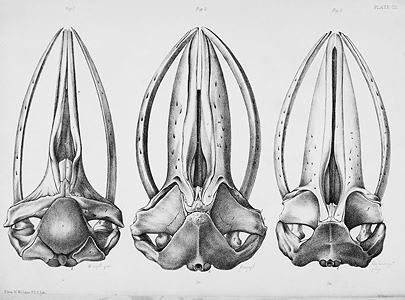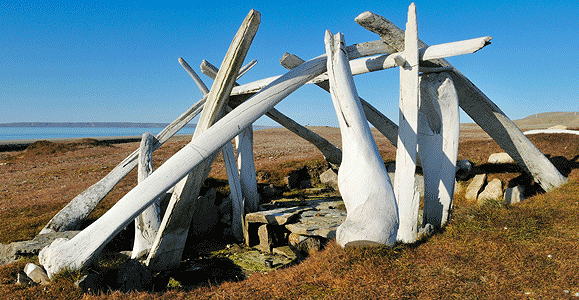
Whale Bone House 1


Thule (Ancestral Inuit) Culture, c. 1200 C.E., although probably much older, located in Arctic region from Alaska to Greenland; typically interpreted as chief's residences or ceremonial houses.
Elevation is close to sea level.
Materials: whale bone used included mandibles, maxillae, ribs, and scapulae, all lashed to provide primary supports. The domed roofs could take up to 20 mandibles, or roughly 15-20 whales per house. The rafters of whale jaws and ribs were set into the stones of the outer wall of the sunken floor, and bound together at the peak. This frame of peaks was covered with skins, and with a thick layer of turf and moss on top, and in the deep winter, the entire building was banked with snow.
Data for CG model:
1. https://www.thoughtco.com/paleo-and-neo-eskimo-houses-169871
2. Dawson, Peter, 1994. THULE WHALEBONE HOUSE, , Glenbow Museum, Calgary, Alberta, Canada.
3. Eshricht, Reinhardt, and Lilljeborg, 1866. Recent Memoirs on the CETACEAN, Published for the Ray Society, by Robert Hardwick, London





